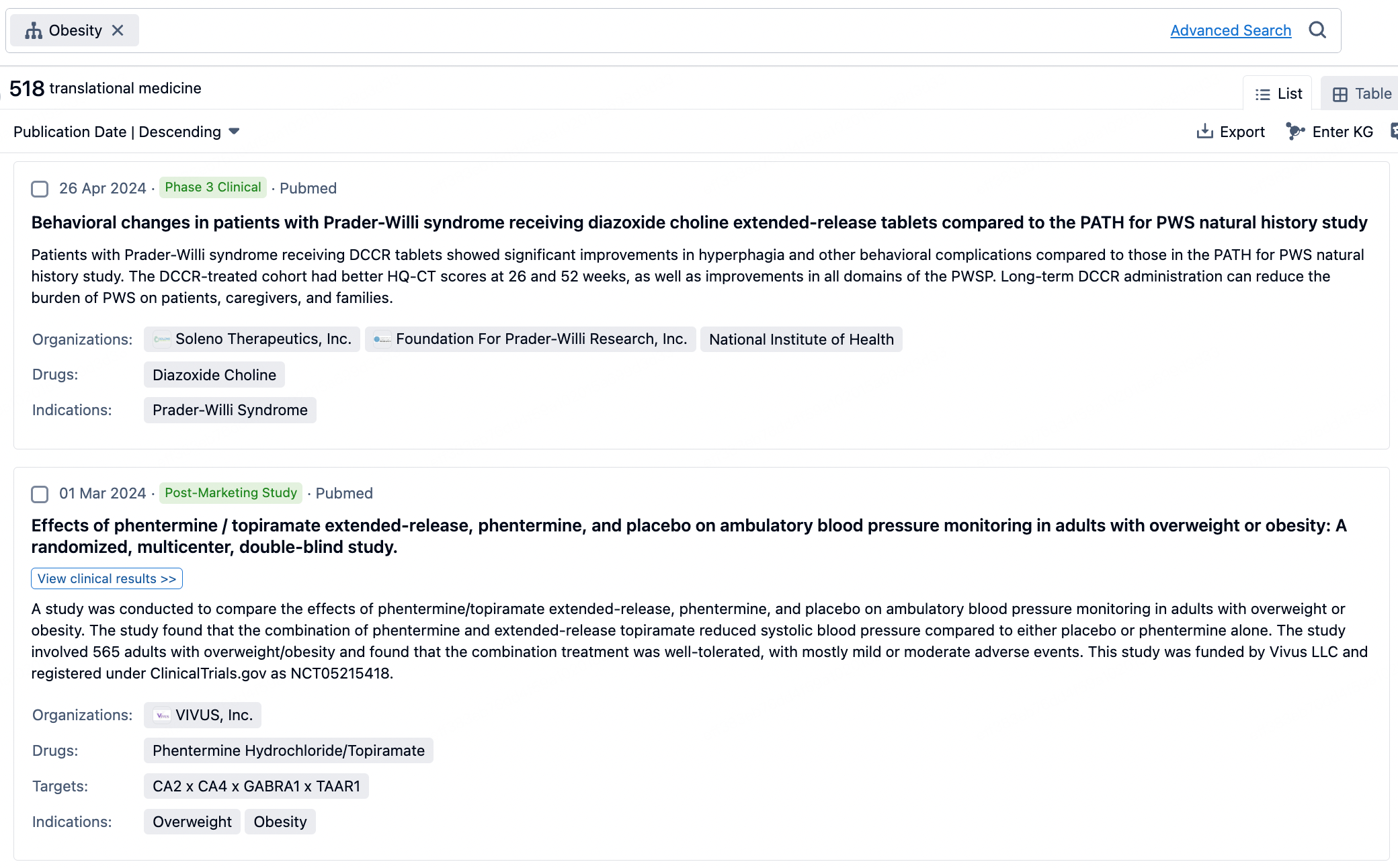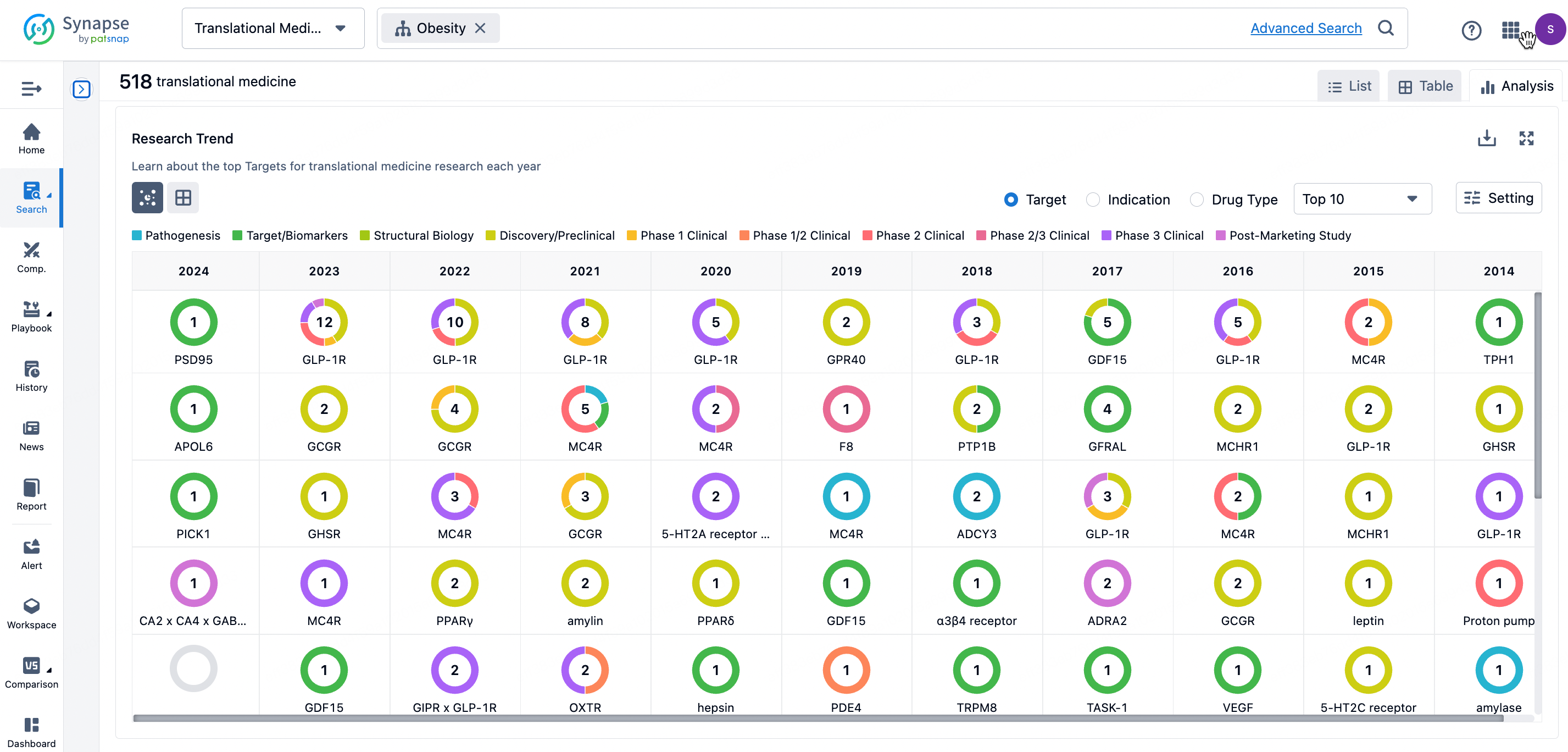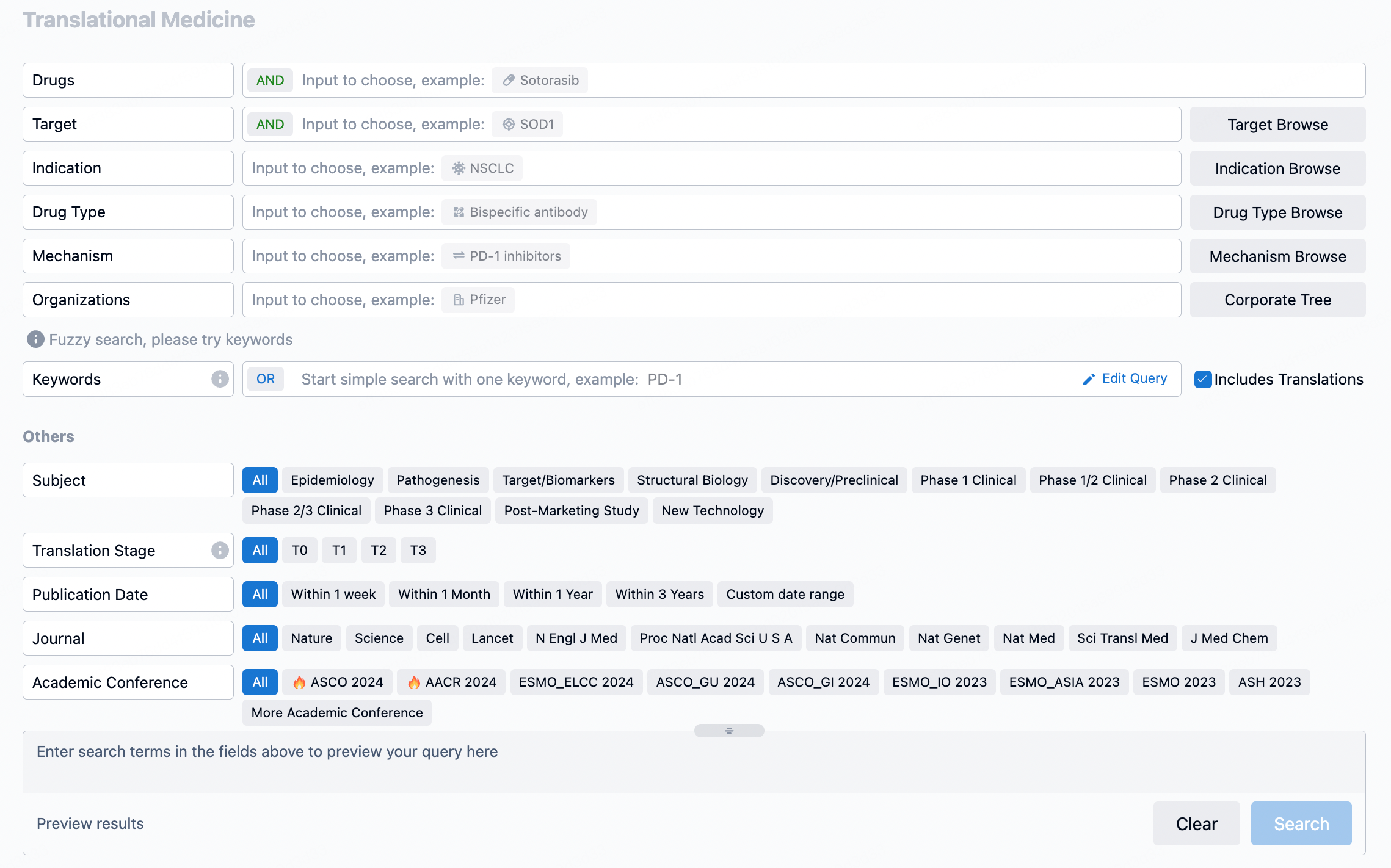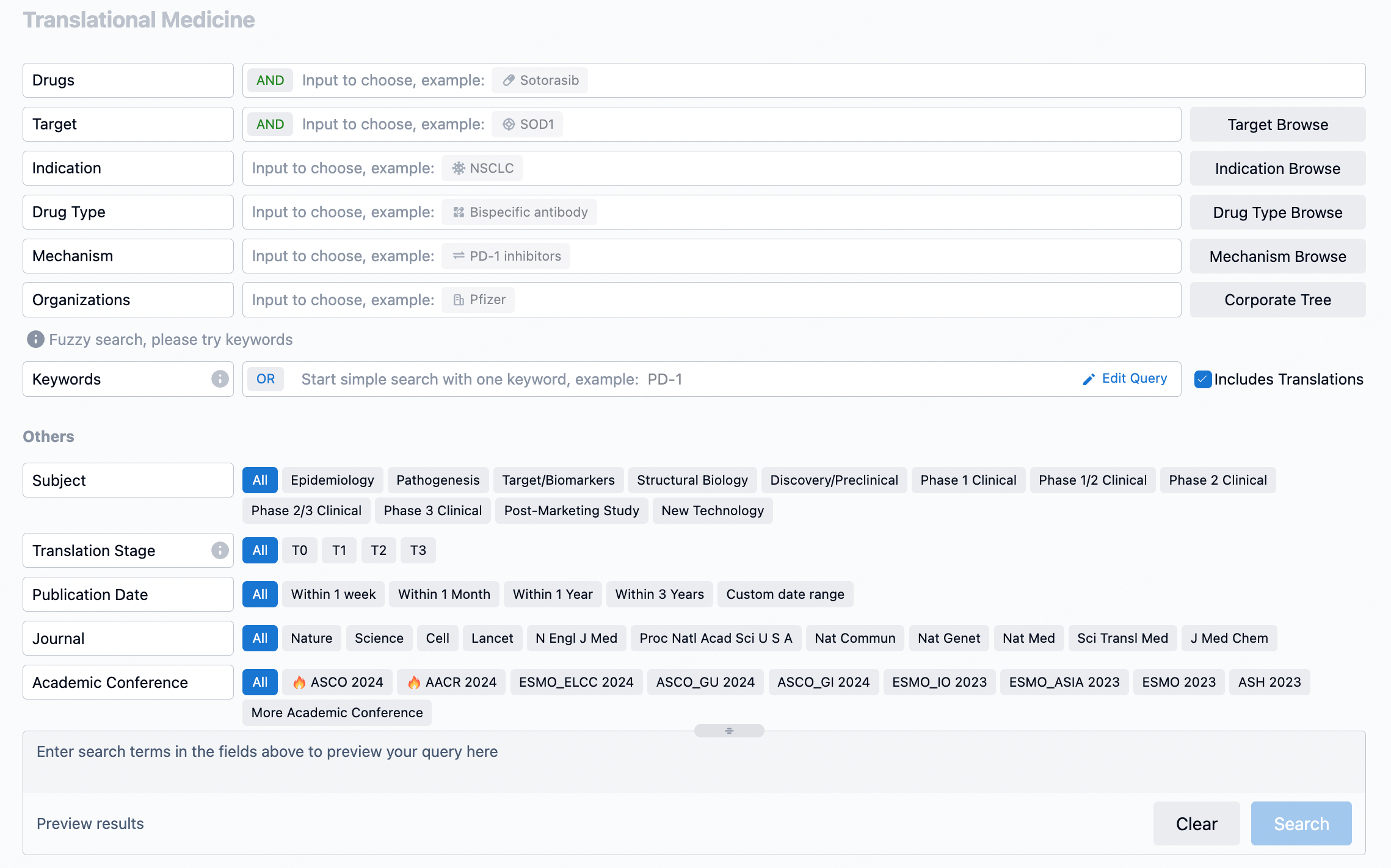ABT-494: A Promising Second-Generation JAK1 Inhibitor for Rheumatoid Arthritis and Anemia
ABT-494, a second-generation Jak kinase inhibitor, has been developed with a high degree of selectivity for Jak1, which could minimize side effects associated with the inhibition of Jak2 and Jak3. This paper presents preclinical and early clinical findings that indicate ABT-494's potential to fulfill some of the current unmet medical requirements for individuals with RA.
The drug was designed with increased specificity for Jak1, utilizing structural predictions to identify differential binding interactions outside the ATP-binding site of Jak1. Its efficacy and selectivity were evaluated through a series of cellular and in vivo pharmacology tests, such as bone marrow colony formation, adjuvant-induced arthritis (AIA), erythropoietin-induced reticulocyte deployment, and NK/NKT cell suppression. Additionally, the potency of ABT-494 was assessed in pharmacodynamic assays across various dosages in healthy human subjects who were orally administered the drug for 14 days.
ABT-494 has shown around 74 times more selectivity for Jak1 compared to Jak2 in cellular assays that are dependent on specific cytokines. It is a potent anti-inflammatory agent and bone loss inhibitor in rat AIA models. Notably, ABT-494, unlike Tofacitinib, preserves essential physiological processes such as erythropoietin signaling and peripheral NK cell counts at efficacious doses. In a 14-day oral administration study in healthy human subjects, ABT-494 did not reduce reticulocyte or NK cell counts at doses expected to be efficacious, aligning with its pharmacodynamic profile in rats.
The findings suggest that ABT-494 is a Jak1-selective inhibitor that has demonstrated efficacy in rat arthritis models. The preliminary data indicate that the pharmacodynamic properties of ABT-494 are consistent across rodent models and healthy human subjects. These promising results support the continuation of ABT-494's evaluation in Phase II randomized, placebo-controlled trials for RA patients and suggest that it may offer greater potential in addressing patient needs compared to current treatments.
The authors disclose their affiliations with AbbVie, with the exception of one author who has no declared interests. The study is registered with the DOI provided.
How to Use Synapse Database to Search and Analyze Translational Medicine Data?
The transational medicine section of the Synapse database supports searches based on fields such as drug, target, and indication, covering the T0-T3 stages of translation. Additionally, it offers a historical conference search function as well as filtering options, view modes, translation services, and highlights summaries, providing you with a unique search experience.
Taking obesity as an example, select "obesity" under the indication category and click search to enter the Translational Medicine results list page. By clicking on the title, you can directly navigate to the original page.

By clicking the analysis button, you can observe that GLP-1R treatment for obesity has gained significant attention over the past three years, with preclinical research still ongoing in 2023. Additionally, there are emerging potential targets, such as GDF15, among others.

Click on the image below to go directly to the Translational Medicine search interface.

